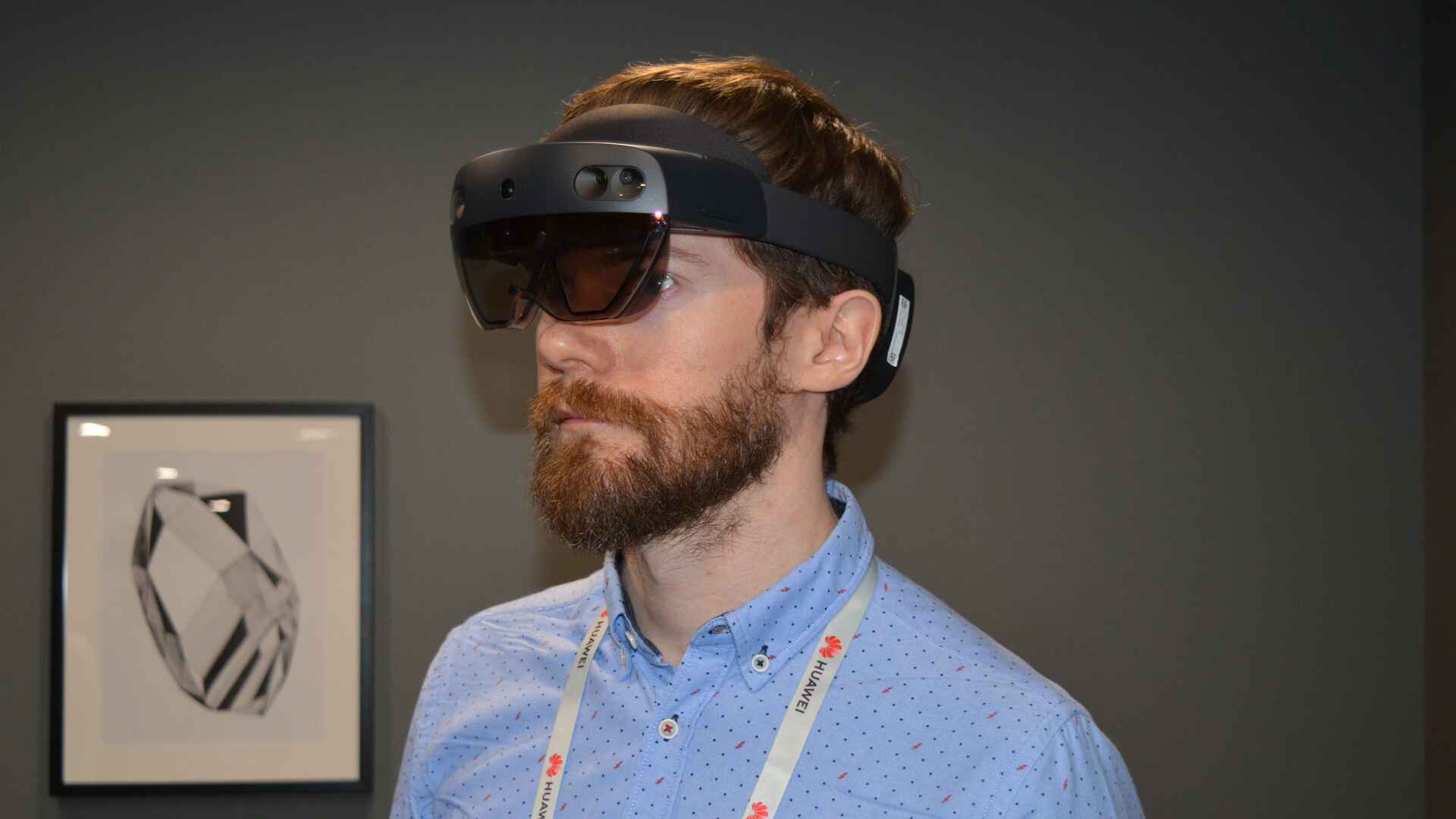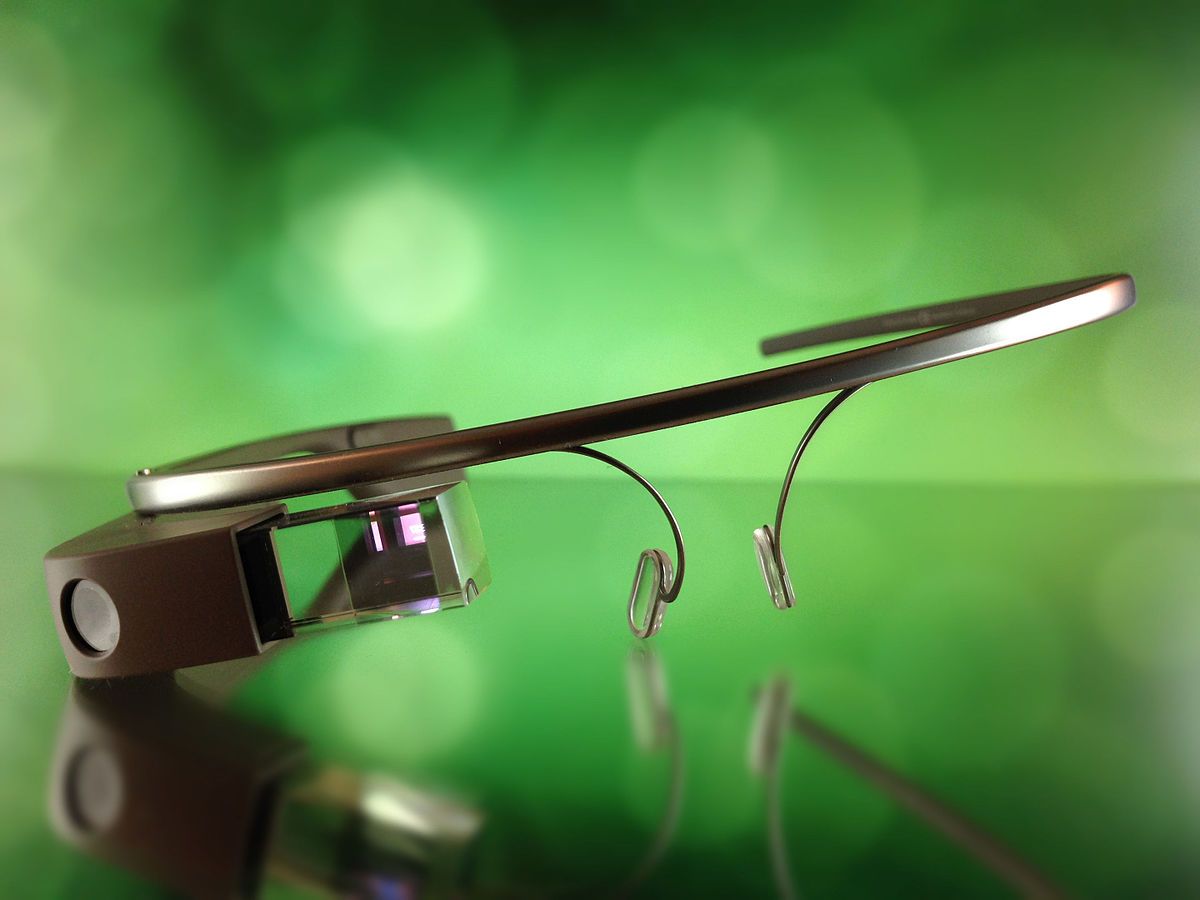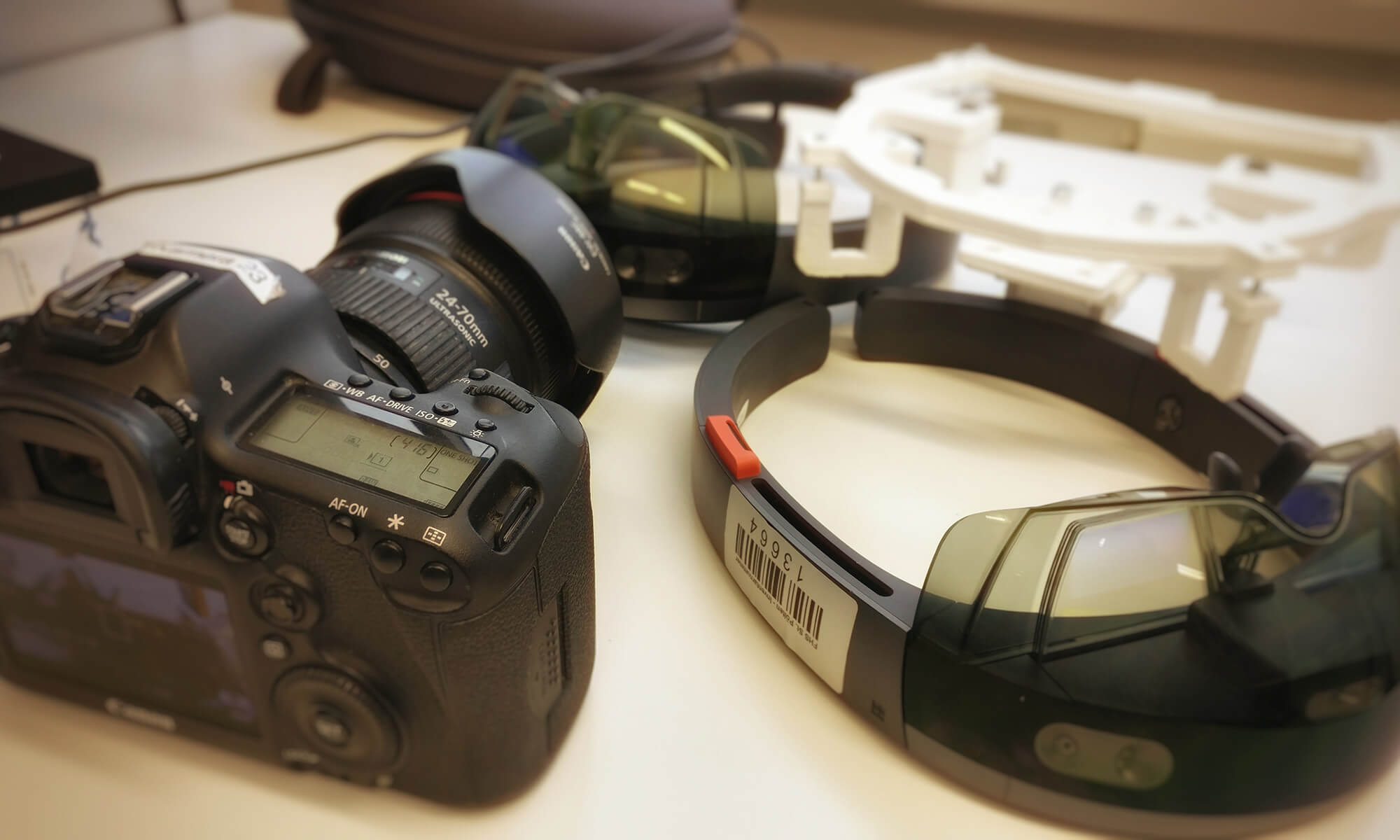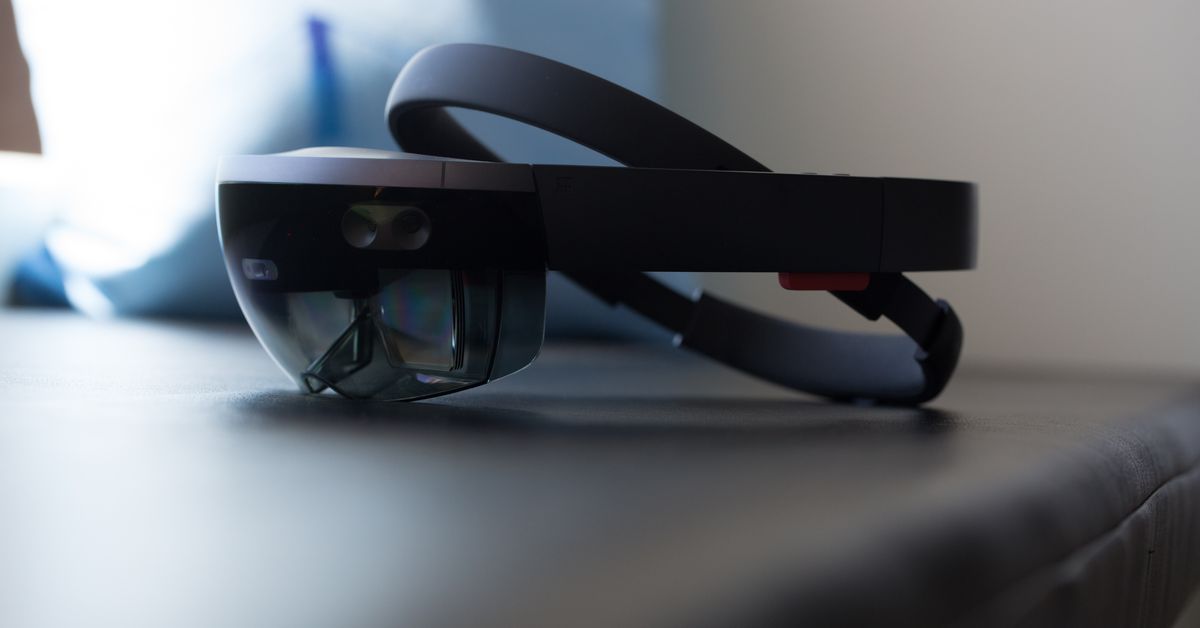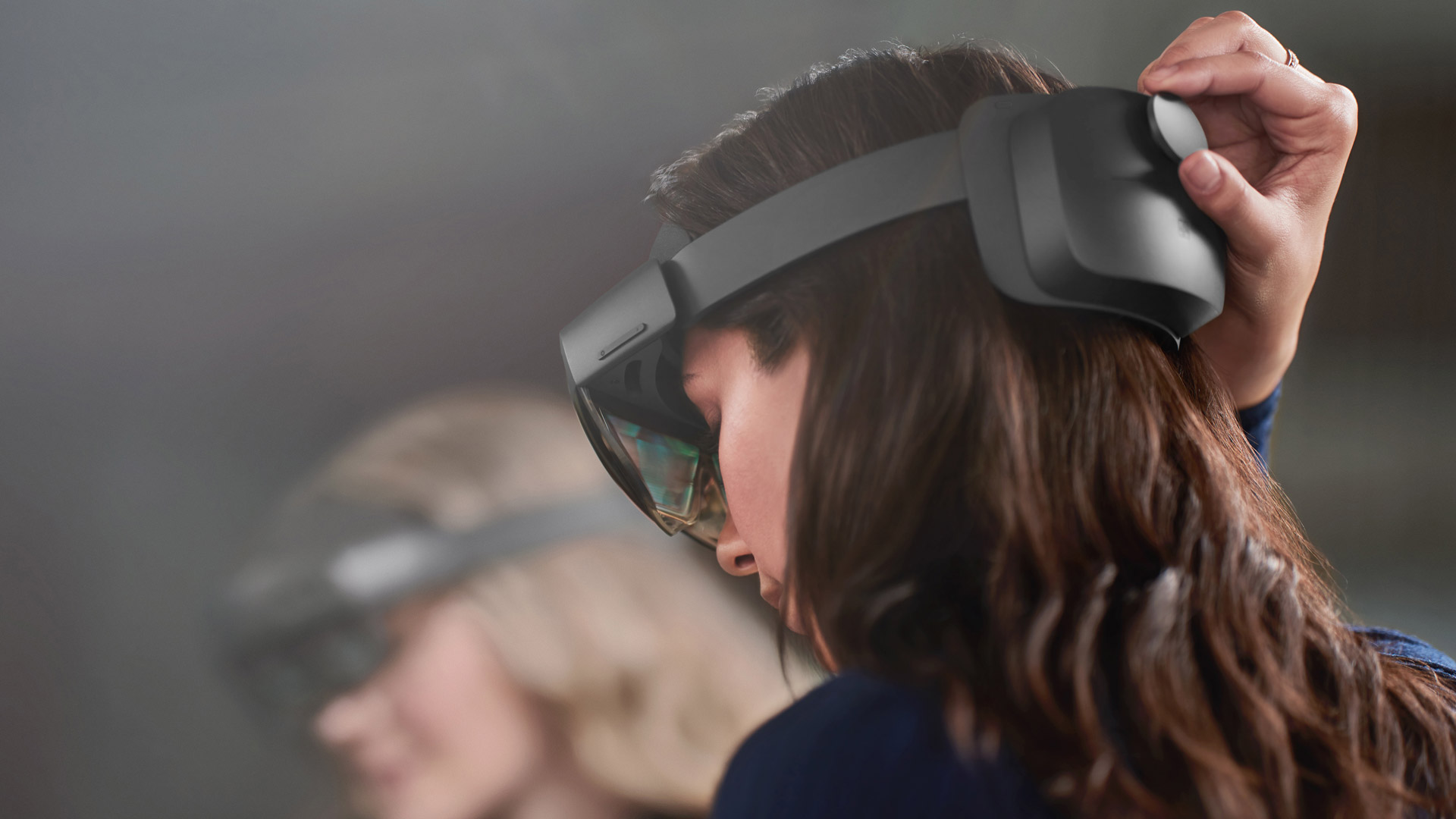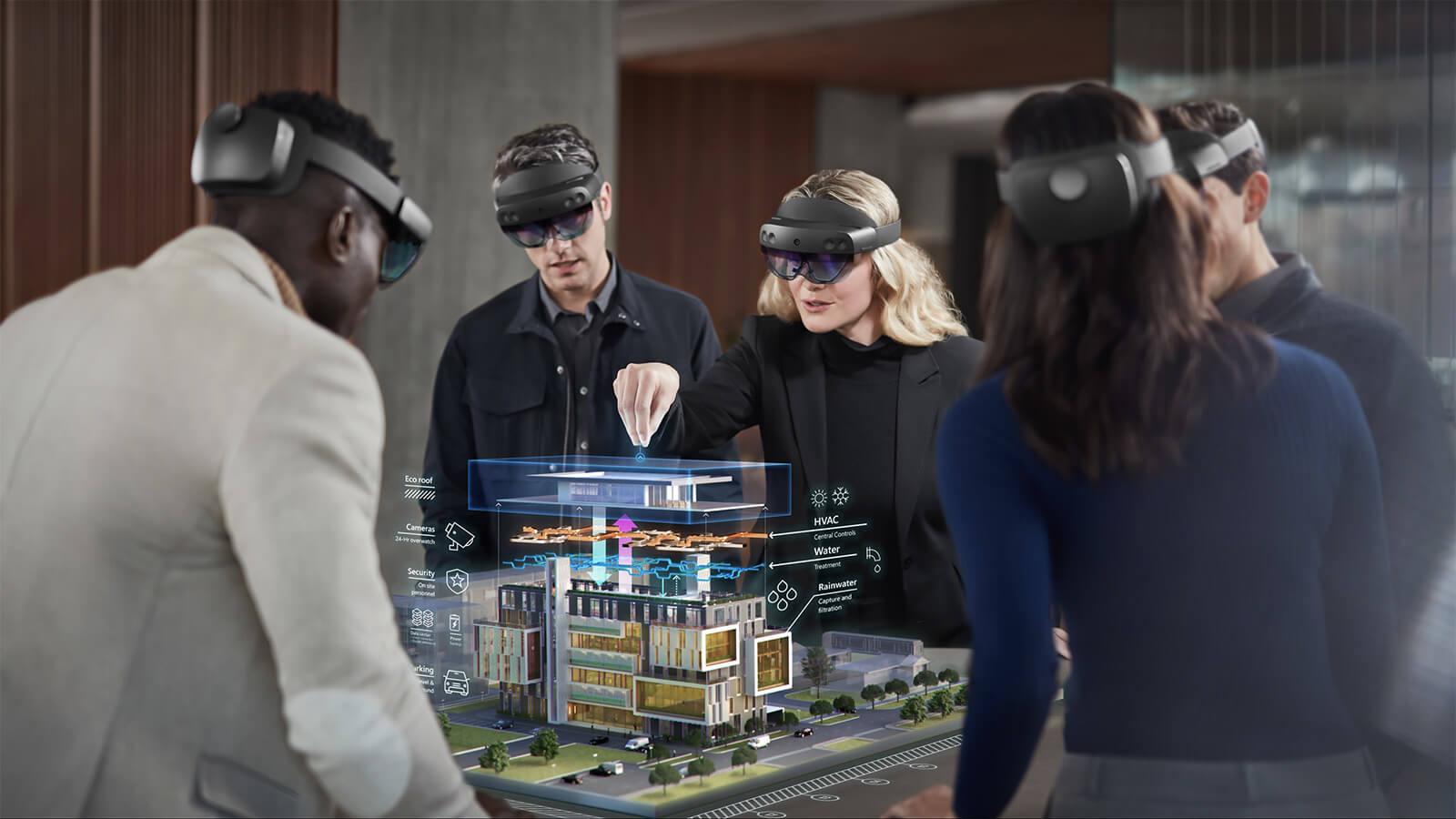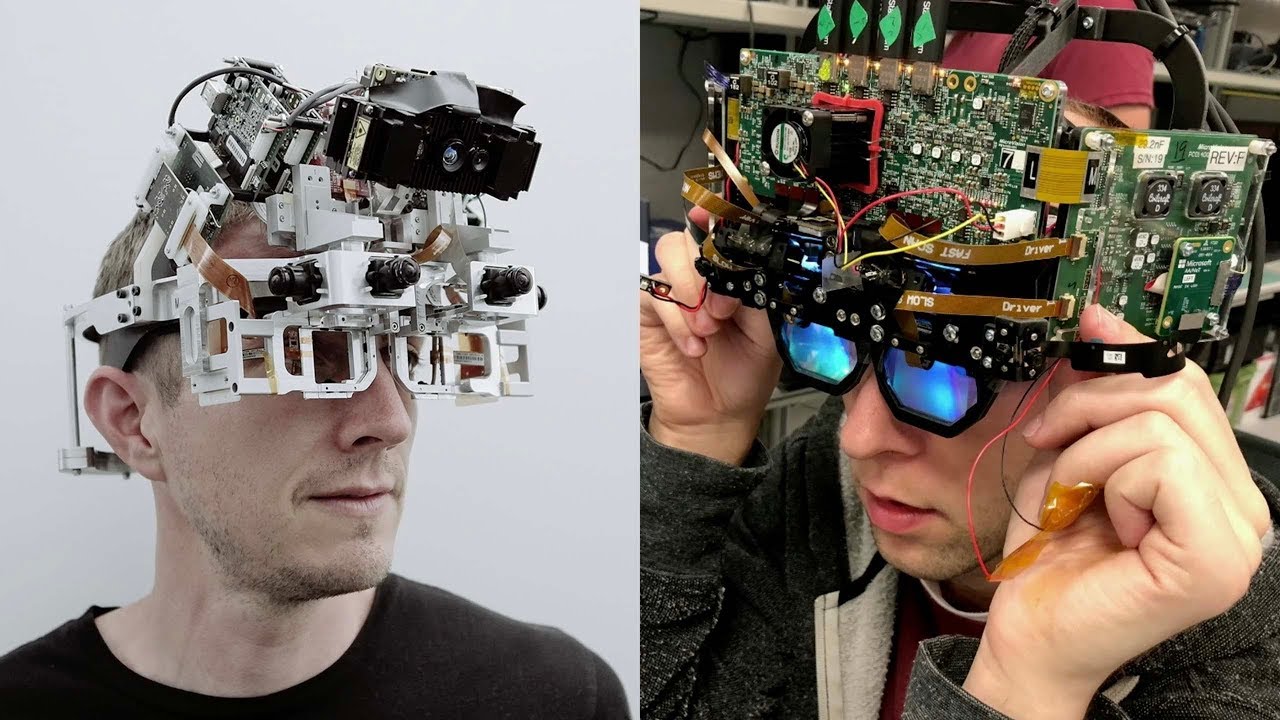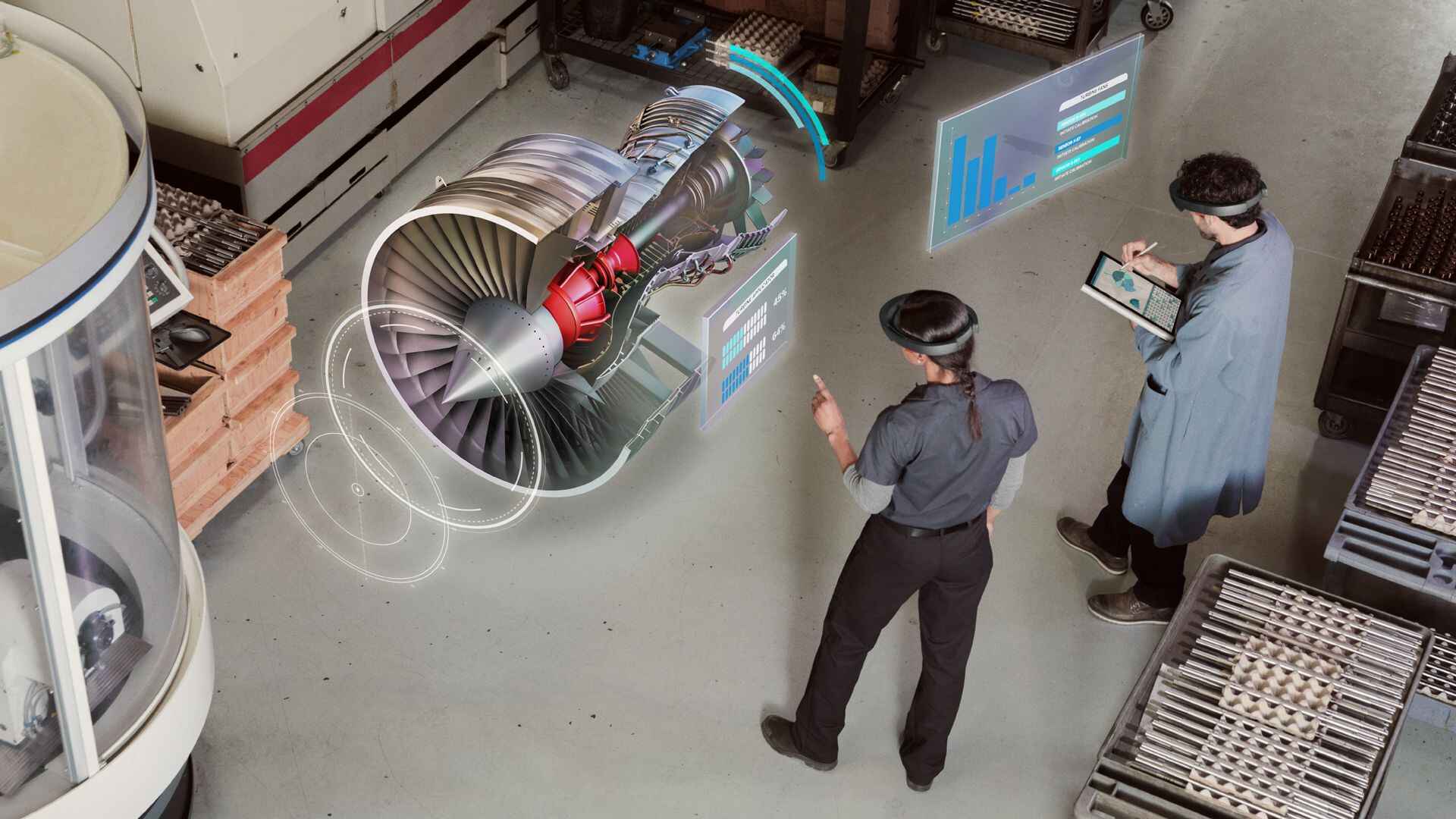Introduction
The HoloLens, developed by Microsoft, is an impressive piece of technology that combines virtual reality and augmented reality to create a unique immersive experience. However, one recurrent complaint from users is the limited field of view (FOV) provided by the device. FOV refers to the extent of the observable environment at any given moment. While the HoloLens offers a mesmerizing sight through its holographic displays, many users have expressed frustration with the small FOV, which can feel restrictive and detract from the overall user experience.
In this article, we will delve deeper into the concept of FOV and explore why the FOV on HoloLens is relatively small. We will also discuss the technological limitations and challenges that contribute to this issue. Additionally, we will examine how Microsoft balances visual quality and comfort in relation to FOV. Lastly, we will touch upon the future of FOV in HoloLens and potential advancements that could address this concern.
It is important to note that while FOV is an ongoing concern for HoloLens users, it should not overshadow the many remarkable features and capabilities of the device. The HoloLens has revolutionized industries such as healthcare, engineering, and design, empowering users with the ability to interact with digital content in a three-dimensional space. By understanding the limitations of FOV, we can better appreciate the advancements made in augmented reality technology and anticipate future improvements.
Now, let’s dive into the world of FOV and explore why it poses a challenge for the HoloLens.
What is FOV?
Before delving into the specifics of FOV on the HoloLens, it’s essential to understand what FOV actually means. FOV, or field of view, refers to the extent of the observable environment that can be seen at any given moment. In the context of augmented reality devices like the HoloLens, FOV determines the size and range of the holographic display that users can perceive.
The FOV is usually measured in degrees and can be categorized into horizontal FOV and vertical FOV. The horizontal FOV represents the span of vision from left to right, while the vertical FOV encompasses the range from top to bottom. For a truly immersive experience, a larger FOV is generally preferred, as it allows users to perceive more digital content surrounding them.
When wearing a HoloLens, users can see holograms overlaid on the real world through transparent lenses. These holograms can range from 3D objects and animations to interactive applications. The FOV determines the area within which the holograms are visible, with the rest of the user’s real-world view remaining unobstructed.
In the case of the HoloLens, the FOV is often described as being akin to looking through a small window or wearing a scuba mask. This limited FOV can be a point of frustration for users who expect a more expansive and immersive augmented reality experience. Understanding the reasons behind this limitation is crucial to comprehending the challenges associated with expanding the FOV on the HoloLens.
Understanding FOV in HoloLens
To comprehend the limitations of FOV in the HoloLens, it is necessary to consider the underlying technology and design choices implemented by Microsoft. The FOV of the HoloLens is determined by the optics and display system within the device, as well as the physical form factor.
One of the main factors contributing to the constrained FOV is the use of waveguide optics. The HoloLens employs waveguides, which are thin and transparent optical components that guide light from the display to the user’s eyes. These waveguides have limitations in terms of field coverage, leading to the relatively small FOV experienced by users.
Additionally, the optics and display system in the HoloLens are carefully designed to ensure optimal visual quality and clarity. This involves maintaining a high pixel density and minimizing aberrations or distortions in the holographic images. While these considerations are crucial for delivering a visually appealing experience, they also narrow the FOV.
The physical design of the HoloLens also plays a role in determining the FOV. The device needs to be wearable and comfortable for extended periods, which requires a compact and lightweight form factor. This form factor imposes constraints on the space available for larger displays or optics, consequently limiting the FOV.
Microsoft has made efforts to optimize the FOV within the constraints of the current hardware and design choices. However, expanding the FOV significantly without compromising other crucial aspects such as visual quality and comfort is a complex challenge.
Understanding the technological considerations and limitations involved in shaping the FOV of the HoloLens can help users appreciate the intricate balance that Microsoft has strived to achieve between immersive experience and practicality. By gaining insight into these factors, users can temper their expectations and better understand the trade-offs inherent in augmented reality devices like the HoloLens.
Technological Limitations
While the HoloLens has garnered significant praise for its innovative capabilities, it is not immune to certain technological limitations, particularly when it comes to FOV. These limitations stem from various factors, including hardware constraints, computational power, and the complexity of rendering holographic content in real-time.
One of the main technological limitations affecting FOV is the need for compact and lightweight hardware. The HoloLens aims to be a wearable device that users can comfortably use for extended periods. Achieving this requires careful design choices and trade-offs, which can impact the size and configuration of the display optics, ultimately affecting the FOV.
Additionally, maintaining high visual quality and resolution within the FOV poses a significant technological challenge. The HoloLens needs to render holographic content in real-time and overlay it seamlessly onto the user’s real-world view. This requires powerful computational capabilities to handle the complex graphical processing and ensure a smooth and responsive augmented reality experience.
Another factor contributing to the limitations in FOV is the current state of waveguide optics technology. While waveguides facilitate the transmission of light and enable the projection of holograms, they impose constraints on the field coverage and resolution. Advancements in waveguide optics technology are necessary to expand the FOV without compromising visual quality or increasing the device’s physical size and weight.
Furthermore, reducing the size of the optical components and increasing the FOV introduces challenges in terms of maintaining consistency and accuracy across the entire field of view. Distortions, aberrations, and color variations can occur at the periphery, diminishing the overall user experience. Addressing these issues requires sophisticated optical calibration techniques and advancements in display technology.
It is important to recognize that technological advancements take time, and overcoming these limitations is a gradual process. While current iterations of the HoloLens may have a restricted FOV, they serve as stepping stones toward future innovations and improvements in augmented reality devices.
By understanding the technological limitations that impact FOV in the HoloLens, users can appreciate the complexities involved in creating an immersive augmented reality experience while working within the constraints of the present technological landscape.
Ensuring Visual Quality
One of the critical considerations when designing the FOV in the HoloLens is maintaining optimal visual quality. Microsoft prioritizes providing users with vibrant, vivid, and realistic holographic displays, even within the limited FOV. Achieving this requires careful attention to resolution, pixel density, and minimizing distortions or aberrations.
The HoloLens employs high-resolution displays that deliver sharp and detailed holographic images. By maximizing the pixel density within the FOV, Microsoft ensures that users can perceive intricate details and textures in the virtual content. This level of visual fidelity contributes to a more immersive and engaging augmented reality experience.
Minimizing distortions and aberrations is another crucial aspect of ensuring visual quality in the HoloLens. When wearing the device, users should feel like the virtual objects seamlessly blend into their real-world surroundings. Achieving this level of integration involves carefully calibrating the optics to minimize distortions, chromatic aberrations, and color inconsistencies, particularly towards the edges of the FOV.
The challenge lies in maintaining consistent visual quality across the entire FOV. To mitigate potential discrepancies caused by the optics and display system, advanced techniques such as optical calibration algorithms are employed. These algorithms correct for distortions and optimize the viewing experience within the available FOV, ensuring that users perceive a visually seamless merging of the digital and physical worlds.
Moreover, Microsoft continues to invest in research and development to enhance the visual quality in the HoloLens. Incremental advancements in display technology, optics, and image processing algorithms have the potential to further improve the quality of holographic content and potentially expand the FOV in future iterations of the device.
By prioritizing visual quality within the limited FOV, Microsoft aims to deliver a captivating and lifelike augmented reality experience. While expanding the FOV is desirable, it should not come at the cost of compromising the clarity, resolution, and fidelity of the holographic images.
With each iteration of the HoloLens, Microsoft strives to strike the delicate balance between visual quality and FOV, ultimately providing users with an immersive and visually stunning augmented reality experience.
Balancing Comfort and Field of View
When it comes to designing a wearable device like the HoloLens, striking the right balance between comfort and field of view (FOV) is crucial. Microsoft understands the importance of creating a device that users can comfortably wear for extended periods while still providing an immersive augmented reality experience.
The physical design of the HoloLens is optimized to distribute the weight evenly and minimize any discomfort during prolonged use. The device features adjustable straps and a cushioned headband, allowing users to customize the fit to their preferences. This focus on comfort ensures that users can fully engage with the HoloLens without any distractions or discomfort.
However, expanding the FOV significantly can pose challenges in terms of both comfort and usability. A larger FOV may require larger displays or optics, which could increase the weight and bulk of the device. Striking the right balance is necessary to provide an immersive experience while ensuring that the HoloLens remains lightweight and wearable.
Another consideration when balancing comfort and FOV is the potential impact on visually induced motion sickness (VIMS). VIMS is a phenomenon that occurs when there is a mismatch between the visual inputs received by the eyes and the motion sensed by the inner ear. Expanding the FOV beyond certain limits can exacerbate this mismatch and increase the likelihood of VIMS. To avoid this discomfort, careful design choices are made to maintain a balance between FOV and minimizing VIMS.
While users may desire a larger FOV for a more expansive augmented reality experience, compromises must be made to ensure optimal comfort and usability. Microsoft takes into account user feedback and iteratively improves the HoloLens design, making incremental advancements in FOV while ensuring that comfort remains a top priority.
It is worth noting that the balance between comfort and FOV is an ongoing challenge. As technology and design techniques continue to advance, future iterations of the HoloLens may find innovative solutions to maintain or even expand the FOV, while simultaneously enhancing user comfort.
By prioritizing user comfort alongside a compelling FOV, Microsoft demonstrates its commitment to delivering an enjoyable and immersive augmented reality experience that can be comfortably embraced for extended periods.
The Future of FOV in HoloLens
As technology continues to advance, the field of view (FOV) in the HoloLens is expected to evolve and improve. Microsoft, along with other industry leaders, is investing in research and development to address the current limitations and enhance the FOV in future iterations of the device.
Continual advancements in display technology hold promise for expanding the FOV in the HoloLens. Higher resolution displays with improved pixel densities and larger field coverage are being explored, which could allow users to perceive a broader range of holograms within their view. These developments may lead to a more immersive and encompassing augmented reality experience.
In addition to display advancements, there is ongoing research into improving the optics and waveguide technology used in the HoloLens. Optics with wider field coverage and reduced distortion could enable a larger FOV without compromising visual quality. Advancements in waveguide optics may allow for more efficient light transmission, potentially increasing the FOV and reducing the weight and size of the device.
Furthermore, innovations in computational power and image processing algorithms may contribute to expanding the FOV. With more powerful processors and optimized algorithms, the HoloLens could render holographic content in real-time over a broader field of view, providing users with a more immersive and seamless augmented reality experience.
It is also worth noting that user feedback plays a crucial role in driving improvements to the FOV. By listening to user concerns and experiences, Microsoft can identify areas for enhancement and prioritize the development of key features, such as expanding the FOV. User input ensures that future iterations of the HoloLens address the needs and expectations of the user community.
However, it is important to acknowledge that achieving a significantly wider FOV while maintaining visual quality, comfort, and usability is a complex challenge. Creating a device that is lightweight, comfortable, and capable of delivering a wide FOV requires careful consideration of various technical and design factors.
While the exact future of FOV in the HoloLens is uncertain, it is clear that Microsoft and the augmented reality industry as a whole are committed to overcoming the current limitations. Continued investment in research, technological advancements, and user-centric design approaches will undoubtedly contribute to future improvements in FOV, allowing users to explore a more expansive and immersive augmented reality landscape.
Conclusion
The field of view (FOV) on the HoloLens, while a subject of ongoing discussion, must be examined in light of the technology’s current capabilities and design considerations. The HoloLens offers a unique augmented reality experience that empowers users to interact with digital content in a three-dimensional space.
Understanding the concept of FOV and its limitations is essential for appreciating the challenges faced by Microsoft in designing the HoloLens. The FOV is influenced by various factors, including waveguide optics, visual quality considerations, and the balance between comfort and FOV.
Technological limitations, such as the need for compact and lightweight hardware, computational power requirements, and the current state of waveguide optics, contribute to the relatively small FOV. Microsoft, however, continues to make strides in optimizing visual quality, reducing distortions, and enhancing user comfort within the given FOV.
While the FOV on the HoloLens is currently limited, advancements in display technology, optics, and image processing algorithms offer hope for future improvements. Higher resolution displays, improved optics, and enhanced computational capabilities may contribute to a broader FOV without sacrificing visual quality or user comfort.
It is essential to remember that the HoloLens represents a significant leap in augmented reality technology, enabling users to experience immersive holographic content. The limitations in FOV should not overshadow the remarkable capabilities and potential applications of the HoloLens in industries such as healthcare, engineering, and design.
As Microsoft and other industry leaders continue to invest in research and development, future iterations of the HoloLens are expected to deliver more expansive and visually stunning augmented reality experiences. By balancing the technical constraints with user demands, the FOV in the HoloLens may evolve to offer an even more immersive and engaging augmented reality landscape.
By staying informed about FOV and understanding the complexities involved, users can better appreciate the journey of augmented reality technology and anticipate the improvements that lie ahead. The HoloLens serves as a window into the future, offering a glimpse of the incredible possibilities that await in the world of augmented reality.







